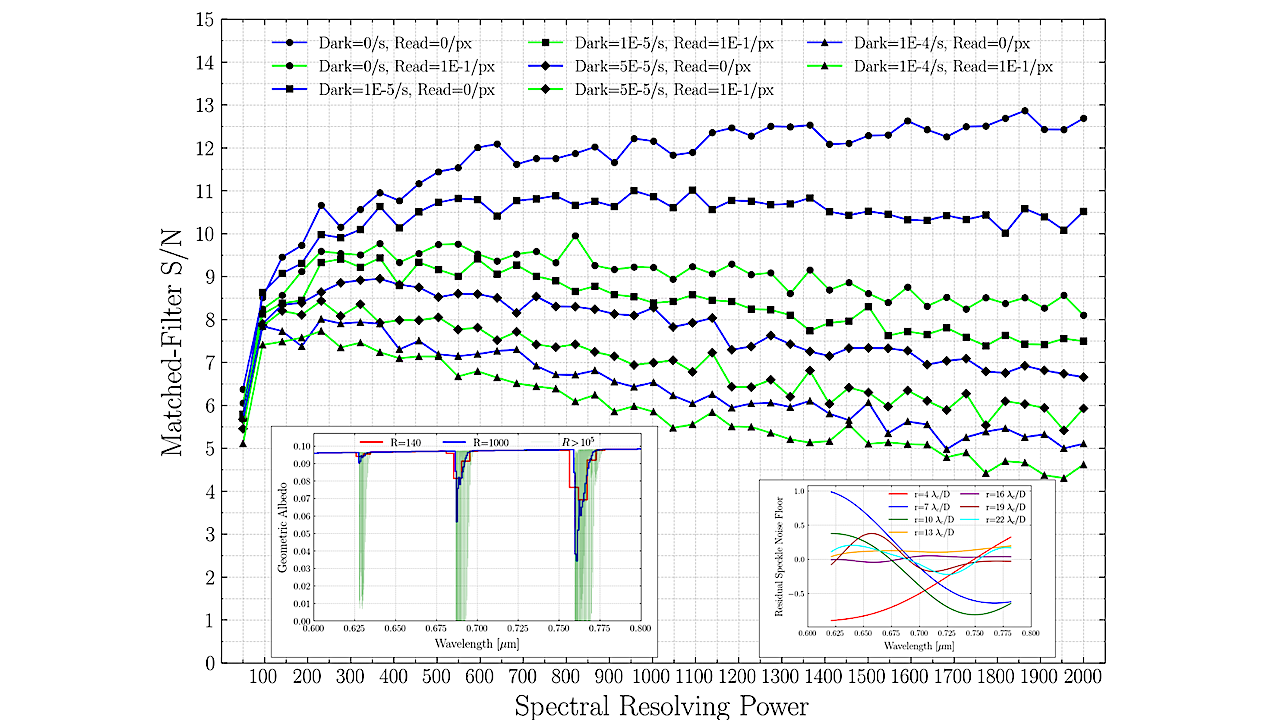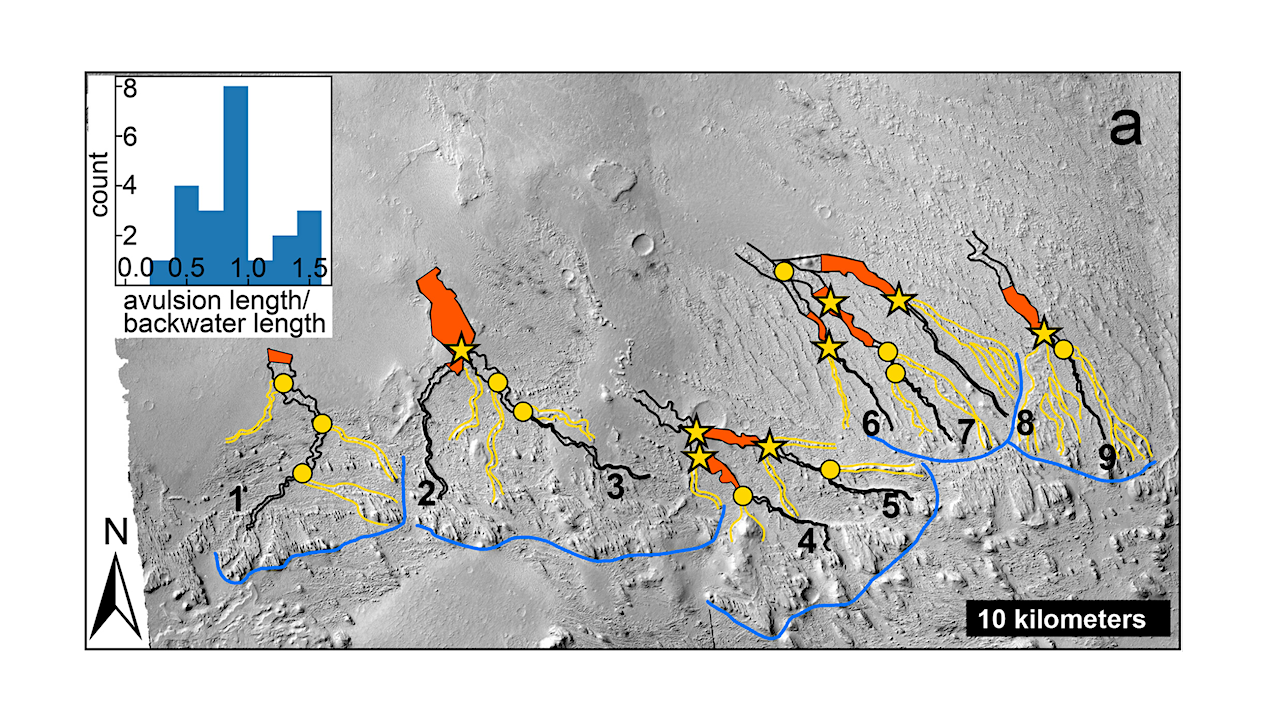OpenAI’s 2025 Developer Day reinforced that AI has entered its platform phase. What began as tools for developers are now modular systems for enterprise orchestration—apps, agents, and models designed to embed intelligence directly into how companies operate. Below are the key themes we believe will shape enterprise AI over the next year.
1. Apps are becoming the new platform layer
OpenAI’s Apps SDK enables developers to build applications inside ChatGPT—marking the start of an “App Store moment” for AI. OpenAI’s vision is for apps to become native, immersive experiences—not websites or plug-ins—reshaping how consumers discover brands, engage with content, and transact.
For enterprises, it means faster go-to-market for AI-native offerings and a need to define ecosystem strategies for distribution, monetization, and data governance to ensure competitive advantage and winning business models.
2. Agentic systems are moving from pilots to production
The launch of AgentKit (with Agent Builder, ChatKit, Connector Registry, and enhanced Evals) provides the toolkit to build, deploy, and manage AI agents safely.
At Bain & Company, we have been early adopters of this approach. OpenAI chose to highlight one of our examples in its announcement: “At Bain & Company, we developed a multi-layer agentic development and evaluation strategy. By leveraging OpenAI’s Evals, we are already seeing a 25% efficiency gain in our methodology through more efficient dataset curation, improved prompt optimization, and automated trace validation.”
Bain’s code modernization agent—featured in Sam Altman’s keynote—is one example of this innovation in action, accelerating our clients’ large-scale software transformation with structured evaluation, auditability, and human oversight built in.
This shift turns AI from copilots into structured, auditable systems of work—where orchestration, evaluation, and human oversight define success.
3. Code generation moves from copilot to collaborator
With Codex in General Availability, now integrated with Slack and supported by an SDK, AI can be embedded directly into developer workflows—reviewing code, writing modules, or maintaining pipelines as a digital teammate, managed by enterprise controls.
This marks the transition from individual productivity tools to collaborative digital labor, consistent with Bain’s perspective in “What’s Missing from Your AI Strategy: Strategic Clarity”—where AI takes on defined roles within teams and processes.
4. Video and multimodal generation are now creative infrastructure
Sora 2 and new mini image/audio models make video creation, image generation, and audio responses fast, affordable, and realistic—turning multimedia generation into a standard enterprise capability.
Creative and marketing teams can now scale content with precision and personalization, shifting focus from creating assets to governing pipelines and ensuring brand integrity.
5. APIs signal a deeper focus on developers—the next wave of enterprise enablement
OpenAI’s latest API updates—GPT-5 Pro for high-precision tasks, Sora 2 and Sora 2 Pro for realistic video generation, and new Mini Realtime and Image Gen models for lower-cost performance—reinforce its focus on developers as the growth engine of the AI ecosystem. The strategy is clear: Empower builders to compose, extend, and operationalize AI within their own environments.
For enterprises, this means faster innovation cycles and greater flexibility to embed intelligence directly into products, processes, and customer experiences.
The enterprise AI platform era
The sum of these announcements points to a clear direction: AI is becoming a living business platform. Organizations are shifting from using AI to running on AI—where apps, agents, and models continuously collaborate across operations.
Those who re-architect workflows around modular AI services—and build strong governance and measurement into them—will define the next generation of competitive advantage.








